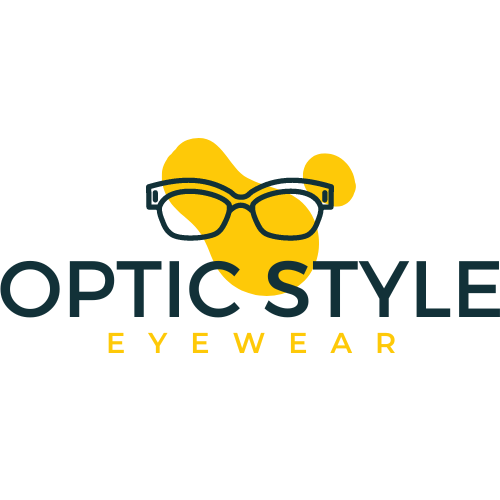Prescription lenses have become an integral part of the lives of many people around the world. Whether for vision correction or for more specific needs, such as reducing eye strain while using digital devices or driving at night, prescription lenses have made a significant impact in improving the quality of life for those who require them. Behind the scenes, there’s a lot of science and technology that goes into creating these lenses. In this article, we will explore the science behind prescription lenses and how they work to improve vision.
The most common type of prescription lenses are those used for vision correction, such as nearsightedness (myopia), farsightedness (hyperopia), and astigmatism. These lenses work by altering the way light enters the eye to compensate for the specific refractive error. Refractive errors occur when the shape of the eye or the curvature of the cornea prevents light from focusing directly on the retina, resulting in blurred vision.
To correct these refractive errors, prescription lenses use different optical techniques. The most common ones are concave and convex lenses. Concave lenses are used to correct nearsightedness, while convex lenses are used to correct farsightedness. Both of these lenses work by bending light in a way that compensates for the specific refractive error. For example, a concave lens diverges light, allowing it to focus properly on the retina for individuals with nearsightedness.
In addition to correcting refractive errors, prescription lenses can also be customized to provide specific functions. For example, those who spend long hours in front of digital devices may benefit from lenses that have a blue light filter. Blue light is emitted by digital screens, and prolonged exposure to it can cause eye strain and disrupt sleep patterns. By incorporating a blue light filter into the lenses, they can help reduce eye fatigue and improve visual comfort.
Another common feature of prescription lenses is an anti-reflective coating. This coating is applied to the surface of the lens and helps to reduce glare and reflections. It improves vision by allowing more light to pass through the lens and reach the wearer’s eyes, resulting in clearer and sharper vision. Anti-reflective coating is particularly useful for driving at night, as it reduces the glare from oncoming headlights and streetlights, improving visibility and safety.
Prescription lenses can also be designed to address specific conditions or needs. For example, individuals with presbyopia, an age-related condition that affects near vision, may benefit from progressive lenses. Progressive lenses have no visible lines and provide a seamless transition between different vision zones, allowing wearers to see clearly at all distances.
The science behind prescription lenses also involves advanced technologies, such as wavefront analysis and digital lens manufacturing. Wavefront analysis allows for a detailed measurement of the eye’s optical properties, allowing for highly customized and precise prescriptions. Digital lens manufacturing uses computer-controlled processes to create lenses with greater accuracy and consistency, ensuring optimal vision correction.
In conclusion, prescription lenses are a result of the merging of science, technology, and optometry. They work by altering the way light enters the eye to compensate for specific refractive errors and provide improved vision. With advancements in optical techniques and technologies, prescription lenses have become more personalized and customized to meet the specific needs of individuals. Whether it’s for vision correction, reducing eye strain, or improving visual comfort, prescription lenses have revolutionized the way people see the world.
